
Plywood is a versatile and widely used building material in Vietnam, valued for its strength, affordability, and workability. However, not all plywood is created equal. With varying grades and qualities available, ensuring you get the best plywood for your project can be tricky. This is especially true in Vietnam, where the market can be complex and quality standards might differ from what you’re familiar with.
To help you navigate the plywood landscape in Vietnam, we’ve compiled 11 essential ways to inspect plywood quality and make informed purchasing decisions.
1. Check the Plywood Grade:
The first and most crucial step is to identify the plywood grade. In Vietnam, common plywood grades include MR, AA, BB, CC, and DD. Each grade has specific characteristics and is suitable for different applications. For example, MR-grade plywood is moisture-resistant and suitable for indoor use, while AA-grade plywood is of higher quality and can be used for both indoor and outdoor applications.
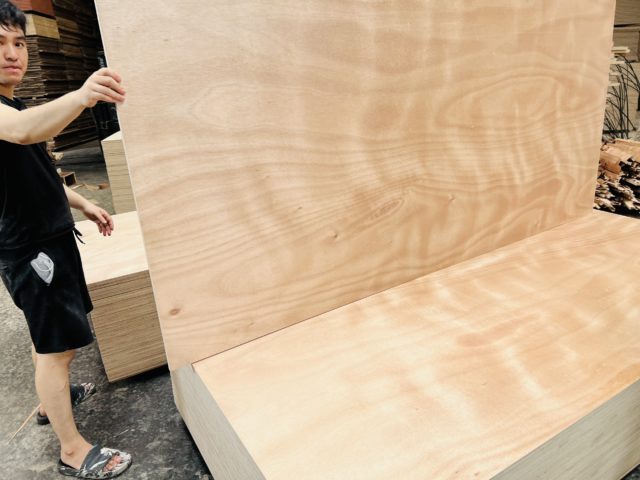
2. Inspect the Veneer Layers:
Plywood is made by gluing thin layers of wood veneer together. Look for plywood with smooth, evenly matched veneers free from knots, cracks, or delamination (separation between layers). Uneven veneers or visible glue lines can indicate poor quality.
3. Test the Core Material:
The core material, also known as the inner plies, is usually made from cheaper wood species like pine or poplar. While not as important as the face veneers, the core material should be free from voids, knots, or decay.
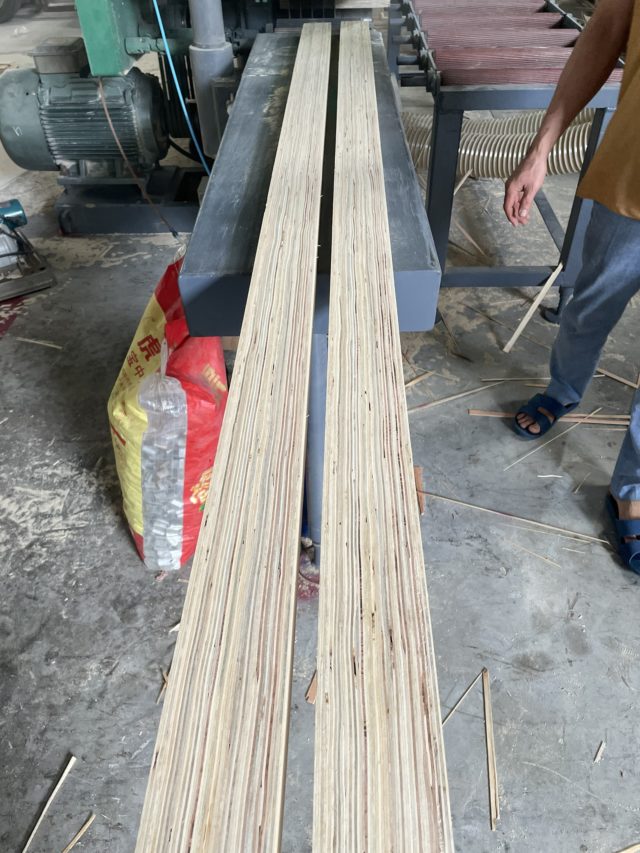
4. Measure the Thickness:
Plywood thickness is typically measured in millimeters. Ensure the actual thickness matches the specified thickness on the label. Deviations can indicate poor manufacturing or sanding practices.
5. Check the Formaldehyde Emission Level:
Formaldehyde is a common adhesive used in plywood production. However, it can be harmful to human health if present in high levels. Look for plywood with the CARB P2 or E1 formaldehyde emission certifications, which indicate low emission levels.
6. Test for Moisture Content:
Excessive moisture content can lead to warping, swelling, and weakening of the plywood. Use a moisture meter to check the moisture content of the plywood. Ideally, it should be between 8% and 12%.
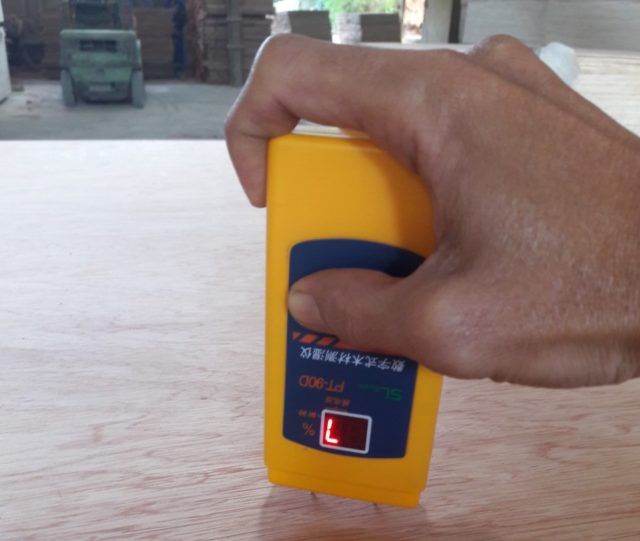
7. Bend Test:
Plywood should have some flexibility but not be overly bendable. Gently bend a small sample of the plywood to check for brittleness or excessive flexibility.
8. Look for Certification Marks:
Look for plywood with certifications from recognized Vietnamese or international bodies like the Forest Stewardship Council (FSC) or the Vietnamese Standards and Quality Institute (STAMEQ). These certifications provide assurance of quality and responsible forestry practices.

9. Compare Prices:
While price shouldn’t be the sole deciding factor, significantly cheaper plywood might indicate compromised quality. Be wary of deals that seem too good to be true.
10. Ask for Recommendations:
Consult with experienced builders, carpenters, or lumberyard staff in Vietnam. They can provide valuable insights on reputable plywood manufacturers and reliable suppliers.
11. Consider Independent Testing:
For critical projects or if you have concerns about the plywood quality, consider sending samples for independent testing in a certified laboratory. This can provide detailed information about the plywood’s properties and ensure it meets your specific requirements.
By following these 11 tips, you can effectively inspect plywood quality in Vietnam and make informed purchasing decisions. Remember, choosing the right plywood ensures a successful and durable project, saving you time, money, and frustration in the long run.
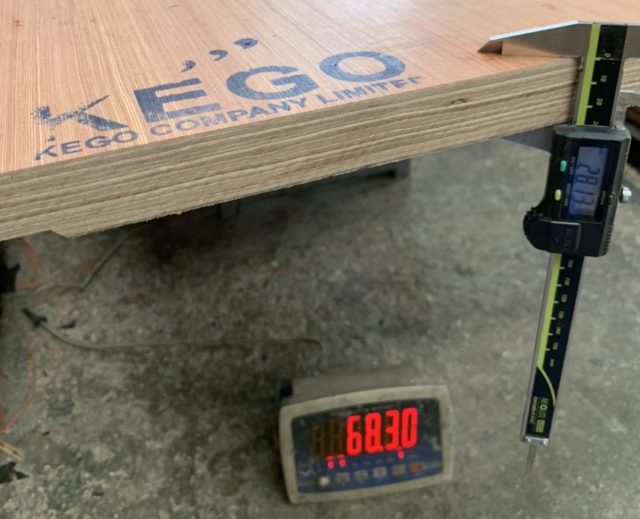
Additional Tips:
- Purchase plywood from reputable and established suppliers in Vietnam.
- Request a certificate of analysis (COA) from the manufacturer for detailed information about the plywood’s properties.
- Store plywood in a cool, dry place to prevent moisture buildup.
- Always wear appropriate safety gear when handling plywood, such as gloves and safety glasses.
We hope this guide helps you navigate the world of plywood in Vietnam and choose the perfect material for your next project. By being informed and vigilant, you can ensure you get the best quality plywood for your buck!

Remember: These are just general guidelines, and the specific inspection methods may vary depending on the type of plywood and your intended use. Always consult with a qualified professional if you have any doubts or require further assistance.
Contact Kego Co., Ltd
Experience the difference of premium timber exports with Vietnam Plywood. Explore our product range, learn more about our sustainable practices, and contact us for personalized assistance. Trust us to be your reliable partner in quality plywood exports.
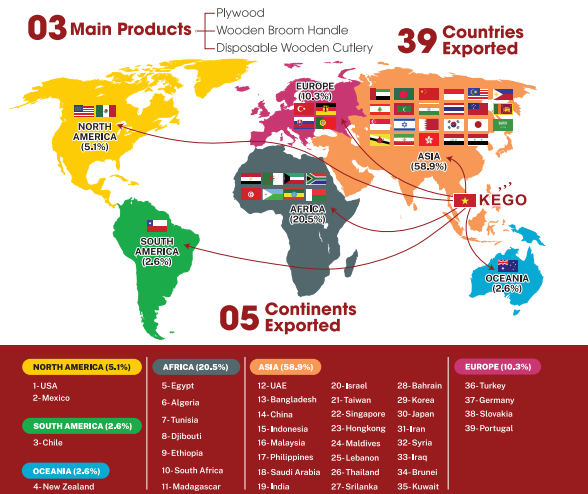
Call us: +8424 3222 2333 – +84 97 999 5346 (Whatsapp)
Email us: sales2@kego.com.vn
Location: R.603 Kim Anh Building, Lane 78, Duy Tan Street, Cau Giay District, Hanoi.




